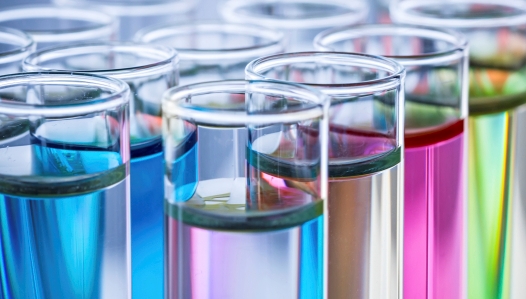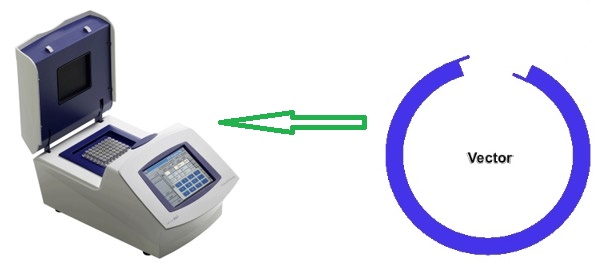As one of the world’s most research-intensive industry, biotechnology corporations are high-profit making enterprises that seek to increase their economic base while obtaining high returns from their investments. Research and development (R&D) spending in the biotechnology industries of most nations including the United States of America runs into billions of dollars.
Recombinant human insulin for example was the first biotechnologically developed therapy for humans to receive approval by the Food and Drug administration (FDA) in 1982, and this development led to the expansion of different biotech industry (that produce a wide array of human therapies and other non-therapeutic products) in the world that produce similar products that help to sustain and improve man’s living standard.
Biotech industries across the globe have helped to create millions of jobs, and such corporations must be sustained through the use of improved strains of microorganisms that meet certain qualities which ensure improved industrial and commercial release of desired products into the market.
It is noteworthy that virtually all biotech companies are profit-making ventures that capitalize on the ability of their raw materials (including microorganisms) to yield their desired products under the most minimal time and cost. Thus, microorganisms for biotechnological applications must meet certain criteria that qualify them to be used continuously to produce sustainable goods and services. The criteria are as follows:
- The microorganisms should be resistant to attack by predators such as bacteriophages.
- The microorganisms must lend itself to suitable method of product harvest at the end of the process.
- The microorganisms must be stable to unwarranted mutations.
- It should be able to grow vigorously and rapidly in the medium under use.
- The microorganisms must be able to grow in simple growth medium without requiring extra growth factors.
- It must not produce toxic products as end-products.
- The microorganisms must have a stable physiological state and genome that is not easily changed due to environmental pressures.
References
Bains W (1998). Biotechnology: From A to Z. 2nd ed. Oxford University Press, New York, USA.
Bourgaize D, Jewell T.R and Buiser R.G (1999). Biotechnology: Demystifying the Concepts. Pearson Education, San Francisco, CA.
Brian Robert Shmaefsky (2006). Biotechnology 101. Greenwood Publishing Group, Inc, USA. Pp. 1-273.
Bushell M.E (1998). Application of the principles of industrial microbiology to biotechnology (ed. Wiseman, A.) Chapman and Hall, New York. Pp. 5–43.
Byong H. Lee (2015). Fundamentals of Food Biotechnology. Second edition. Wiley-Blackwell, New Jersey, United States.
Chrispeels M.J and Sadava D.E (2002). Plants, Genes, and Crop Biotechnology. 2nd edition. Jones and Bartlett Publishers, Sudbury, MA.
Clark D.P and Pazdernik N (2010). Biotechnology. First edition. Elsevier Science and Technology Books, Amsterdam, Netherlands.
Das H.K (2010). Textbook of Biotechnology. Fourth edition. Wiley edition. Wiley India Pvt, Ltd, New Delhi, India.
Dictionary of Microbiology and Molecular Biology, 3rd Edition. Paul Singleton and Diana Sainsbury. 2006, John Wiley & Sons Ltd. Canada.
Glick B.R and Pasternak J.J (2003). Molecular Biotechnology: Principles and Applications of Recombinant DNA. ASM Press, Washington DC, USA.
Godbey W.T (2014). An Introduction to Biotechnology. First edition. Woodhead Publishing, Cambridge, United Kingdom.
Jee C and Shagufta (2007). Environmental Biotechnology. APH Publishing Corporation, Darya Ganj, New Delhi, India.
Lee S.Y, Lee D.Y and Kim T.Y (2005). Systems biotechnology for strain improvement. TRENDS in Biotechnology, 23(7):349-356.
Discover more from #1 Microbiology Resource Hub
Subscribe to get the latest posts to your email.



